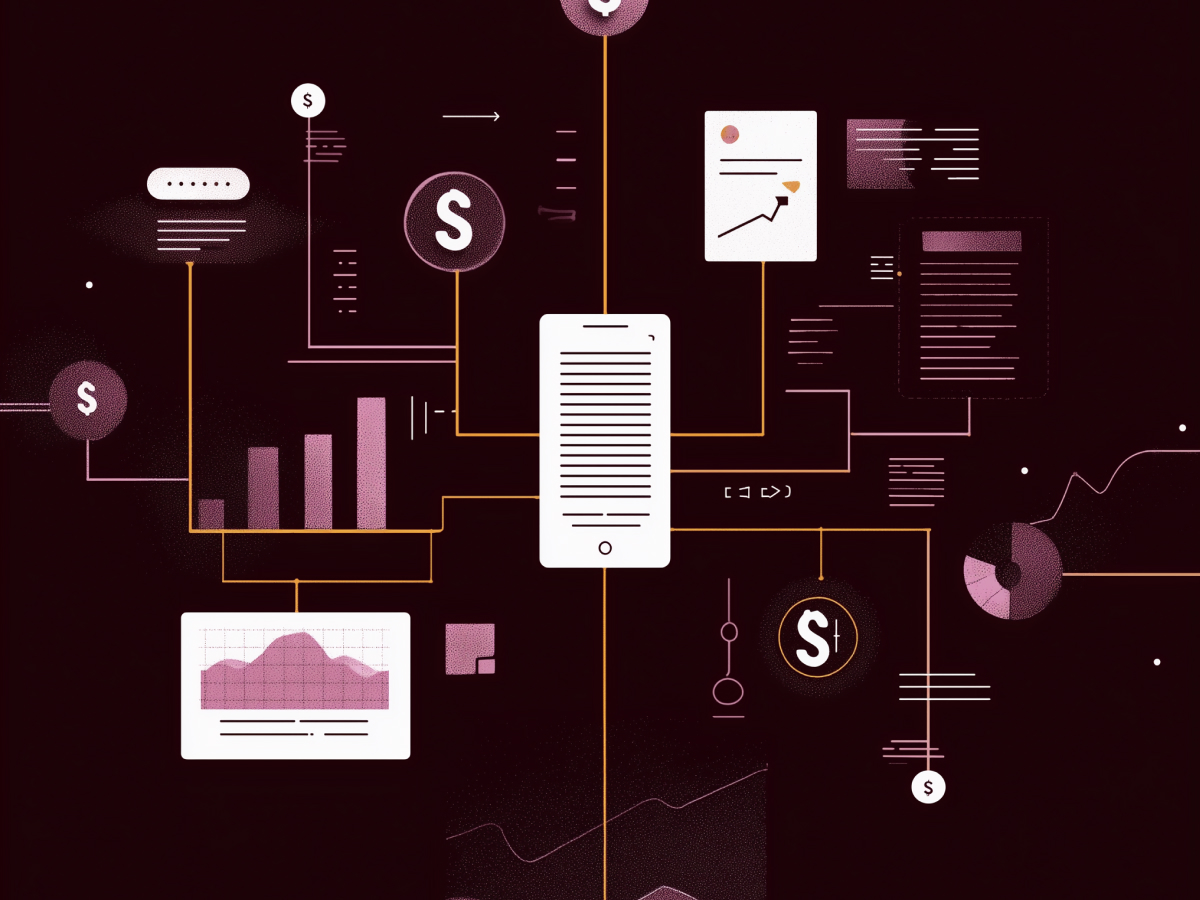Emotional intelligence
The more we integrate AI into business workflows, the clearer it becomes: what separates us from the machines is emotional range. Emotional intelligence is the skill that lets a leader navigate pressure without losing direction. It’s how you lead teams through uncertainty without creating unnecessary noise.
Emotional intelligence means knowing when to cut through distraction, when to press pause to listen, and when to let someone else lead. You build it by checking your internal dashboard regularly, monitor stress, measure reactions, adjust before you derail someone else’s momentum. And when friction shows up, and it always does, having this awareness keeps situations from escalating.
You don’t have to guess how you’re doing. Ask. Push for feedback. Talk to your direct reports, mentors, peers. Not to seek praise, but to understand blind spots. True emotional intelligence is also about calling yourself out before your team has to.
C-suite leaders who take this seriously have an advantage. They reduce talent churn, build alignment faster, and execute better. Because emotionally intelligent leaders don’t implode under pressure, they redirect it.
Adaptability
The pace of change is ramping up. What was relevant six months ago might already be outdated. Tools evolve. Markets shift. Priorities realign overnight.
Adaptability is more than reacting quickly; it’s shaping your approach at the speed of relevance. When a new technology drops, don’t wait for permission to explore it. Push your team to test, iterate, and optimize. Get comfortable being uncomfortable. Executives who do this haven’t only survived disruption, they lead it.
Don’t underestimate how contagious your posture towards change is. Teams model what they see. Stay rigid, and you’ll create an environment that breaks under stress. Stay adaptable, and you make it possible for innovation to emerge under constraint.
Adaptability is your core operating system. The board doesn’t want a long explanation, they want proof you can shift gears without spinning out.
Critical thinking
AI systems are valuable. They can surface patterns, filter noise, and point you in the right direction. But they’re not decision-makers. They don’t understand intent, and they don’t challenge faulty assumptions. That’s your job, and it starts with thinking clearly under pressure.
Critical thinking means deliberate focus. Every decision demands context. Surface-level data can be dangerous when it becomes the only perspective in the room. Ask the harder questions: What are we not seeing? Is this signal or distraction? Is the goal still valid, or has the environment shifted?
Break down problems, isolate true impact, and don’t pass the issue along until it’s been understood. Tools like the five whys or structured decision trees aren’t bureaucratic, they accelerate clarity. Use them to go beyond symptoms.
At the C-suite level, impatience can mask flawed decisions. Move too fast without thinking deeply enough, and you’re spending political capital on the wrong problems. Move with focus, and you signal clarity that aligns execution. In markets where speed is survival, clear thinking beats fast guessing.
Communication
You can’t lead what you can’t explain. Inside the boardroom or across cross-functional teams, clarity in communication turns complexity into forward movement. If no one understands your message, you haven’t delivered it, no matter how smart the content is.
It starts with knowing your audience. What do they care about? What context do they need? Cut the jargon or define it. Avoid long detours. If you’re pitching an idea, stating a risk, or aligning global teams around major initiatives, make your point early, and make it stick.
Listening matters as much as speaking. Listen with precision. Not just to respond, but to actually hear what’s missing or misaligned. Strong communication means tracking how your words land, not just how they sound in your head.
Executive leaders operate at scale. Every word can accelerate or slow momentum. Your tone, your clarity, your timing, all of it shapes perception and buy-in. Teams need you to be understandable. Consistency here builds trust. And trust drives execution.
Creativity
AI is good at repetition, prediction, and recombination. It can process at scale. But it doesn’t imagine. It doesn’t originate solutions to undefined problems. That’s where your creativity comes in, and at the executive level, it becomes a strategic advantage.
Creativity isn’t randomness or guesswork. It’s structured exploration. You make space to think differently, to move past legacy solutions, and to apply thinking from outside the expected lane. Whether the challenge is operational inefficiency, product design, or cost reduction, the best outcomes often come from perspectives that haven’t been tried yet.
Routine brainstorms aren’t enough. Push the boundaries of existing frameworks. Apply models like design thinking or conduct reverse scenario planning. Codify idea capture, use structured logs or collaborative platforms to record ideas worth expanding. From there, execution takes over but begins with original input.
Innovation doesn’t happen by chance. It’s a decision. If you’re leading the business, your job is to challenge assumptions often, keep your team sharp, and stop creativity from being filtered out by bureaucracy. In markets that shift fast, it’s the creative choices that actually move the line.
Teamwork and collaboration
Execution at scale does not happen in a vacuum. Even technical domains that reward individual skill depend on effective collaboration to reach the finish line. High-performance teams create leverage, and whether they succeed often comes down to leadership setting the tone.
Teams don’t collaborate well by default. You need to impose direction and expectations. Define roles clearly, surface accountability early, and deal with interpersonal conflict before it blocks progress. This is structured alignment that enables forward movement across variables.
Support autonomy but stay engaged. Step in when deadlines tighten, priorities shift, or breakdowns appear. The goal is output. You ensure each part of the system stays aligned with the outcome, and that everyone knows where their responsibility begins and ends.
Strong collaboration starts at the leadership level. When executives model coordination, problem-solving, and openness to feedback, it scales across departments. Businesses that get this right move faster, stay focused, and recover from disruption in real time.
Ongoing practice and learning
Soft skills aren’t static. They’re shaped through repetition, reflection, and deliberate improvement. Too many professionals rely on baseline competence and stop evolving. That’s a mistake. At the executive level, the cost of plateauing is measured in lost momentum, misalignment, and system-wide inefficiencies.
Communication, decision-making, emotional awareness, none of these improve passively. They get better when you treat them as critical tools. Leaders who ignore soft skills risk losing their edge in execution. Teams take cues from the top. If you’re getting better, they will too.
Learning platforms like Pluralsight offer focused, practical skill development for areas that impact outcomes across operations and leadership. Courses on emotional intelligence, communication, and critical thinking are built to sharpen decision velocity, team cohesion, and execution alignment.
You want your engineers to stay current. Your leadership team should be doing the same, with the same intensity. Stay sharp, invest in structured learning, and don’t wait for performance gaps to appear before addressing them.
If you’re leading a company through AI-driven transformation, your edge is how well your people lead, adapt, and build clarity. That starts with you. Keep the skills sharp, or expect the business to dull over time.
Recap
AI will keep accelerating. It will write faster, calculate better, and solve routine problems without blinking. But leadership, real leadership, doesn’t come from speed alone. It comes from clarity, emotional awareness, sound judgment, adaptability under pressure, and the ability to move people in the right direction at the right time.
The stronger your teams are in these areas, the less time you spend managing chaos, explaining direction, or recovering from misalignment.
You don’t scale a company on code and data alone. You scale it with people who can think, communicate, adapt, and lead inside complexity. The gap between staying current and staying ahead isn’t technical, it’s human. Invest accordingly.





